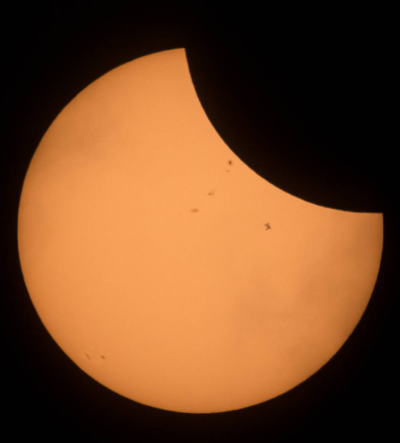
We are less than one month away from the April 8, 2024 solar eclipse! If you are still looking for ways to engage the public, don’t panic. We have compiled a comprehensive list of the resources available (a summary of these resources appears below).
For those traveling to totality, we wish you the safest trip and clearest view. For those on the path of totality planning events, we send you wishes for clear skies and smooth, successful, and most importantly - safe events. This will be a once in a lifetime opportunity, and even with cloudy skies, audiences should still be dazzled by the darkness created as the Moon blocks the Sun’s light completely from Earth’s surface. Finally, for those off the path of totality, we send the same well wishes for smooth, successful, and safe events, with the clearest skies for experiencing whatever percentage of totality you may have.
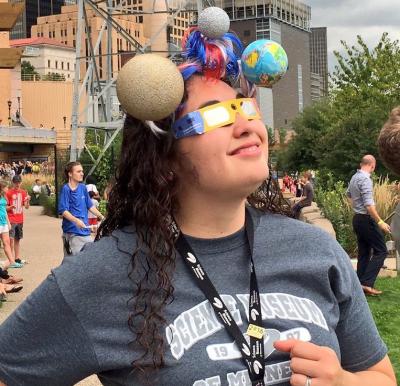
With that, there is one question that we hear often enough that we want to address it. “Is it worth holding an event if I’m not located on the path of totality?” I want to address this question both professionally and personally with the loudest and most enthusiastic “YES” possible. For the 2017 Total Solar Eclipse, I was part of a team hosting an event off the path of totality. We were not sure how many people would choose to spend the day with us, given options to experience totality as close as a day's drive. We were lucky to have a number of experts who were willing to sacrifice their own opportunity to experience totality to share their passion and expertise with our visitors. That morning I was scheduled to do a FaceBook live event, interviewing some of these experts and telling audiences to “Come on down and join us to watch the eclipse!” Shortly after we opened to the public, just minutes before going live, I was told NOT to say anything about coming to the museum. We had already sold out for the day.
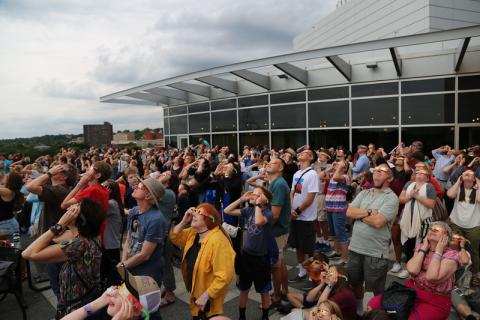
When the big moment was about to arrive, we made certain everyone moved (safely) to outdoor viewing. It was cloudy and excitement was starting to dissipate as the crowd adjusted expectations. Then, as if on cue, the clouds parted and the Moon could be seen clearly (even if only partially) blocking the Sun. The crowd went wild! Adults, children, people of all backgrounds and abilities - EVERY SINGLE PERSON in that crowd cheered and was fixated on the sky. We were all living in the same moment, sharing an unforgettable experience, and captivated by far less than totality.
This experience is something that I will never forget, and something I only hope to recreate on April 8th of this year. I am not working an event this time around. I am not traveling to totality either, it’s just not something accessible to me at this time. So I personally want to send a huge thank you to not only those organizations in my community but to anyone working hard to plan events off the path of totality. Thank you for sacrificing your own chance to see a total solar eclipse in order to bring these incredible communal experiences to individuals like me.
Thank you to everyone, everywhere, engaging audiences and participating in events on April 8th. This is a celebration for “everyone under the Sun” and I look forward to experiencing it with you all.

Compilation of solar eclipse public engagement resources: nisenet.org/solareclips
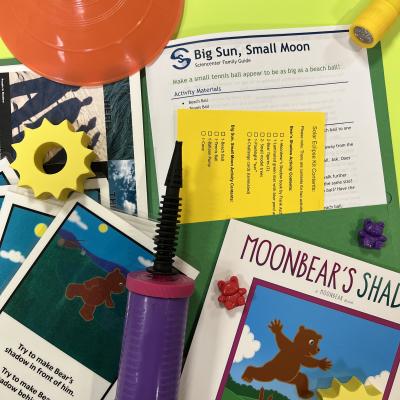
With so many resources captured on this page, be sure to use the links under “Resources” to navigate and find/decide exactly what you need. Included on this page are:
- Hands-on activities, like the fan favorite Explore Earth: Bear’s Shadow, a perfect way to introduce even the youngest audiences to solar science.
- Info about safe viewing, including where to purchase ISO certified eclipse glasses and hand-held solar viewers that meet safety standards.
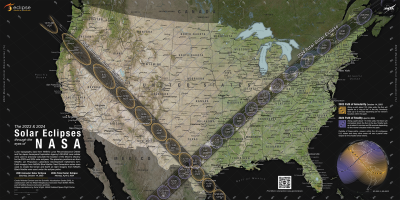
- A variety of maps and other tools to ensure you are looking at the skies at the right time for your location.
- Resources for event planning, from marketing to the public to training staff and volunteers, to working with subject matter experts and tips for handling large crowds.
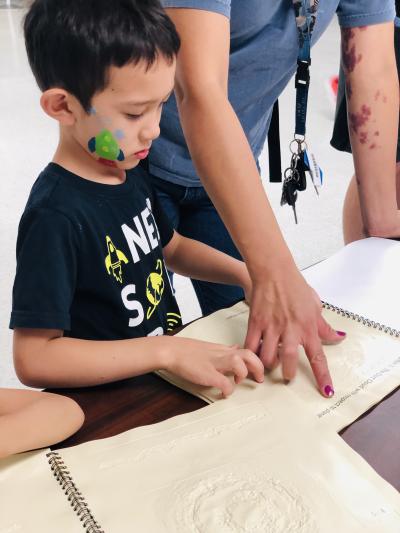
- Citizen Science and Community Science Projects, great opportunities for amateur astronomers and lifelong learners to get in on the fun of doing science during the eclipse.
- Sensory resources designed for a variety of audiences to ensure that everyone gets to experience this event.
- Cultural connections, indigenous ways of knowing and teachings about the Moon and solar eclipse.
- Live streaming, because whether or not you are on the path of totality, you should always have a contingency plan for cloudy skies or less than desirable viewing conditions.
- And much more!!!
